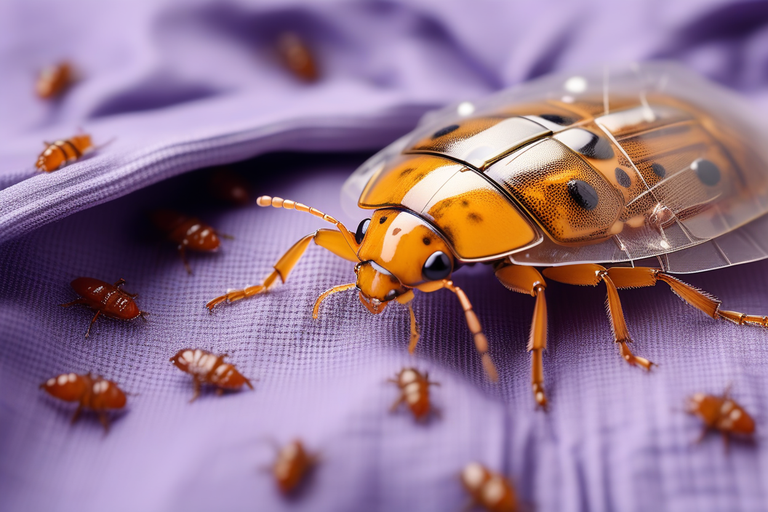Welcome, dear reader, to the clandestine world of bed bugs – those tiny vampires that make bedtime a horror movie. Today, we’re unravelling the mystery behind a question that’s been bugging (pun intended) minds: “Can bed bugs travel on clothes you’re wearing?” Spoiler alert: These little critters might just be the sneakiest hitchhikers since your last awkward Uber ride!
In this bed bug exposé, we’ll dig deeper than a bedtime burrow and answer the burning question with a dash of humour and a sprinkle of insight.
So, buckle up (literally, check your seat for bugs), as we embark on a journey through the itchy alleys of bed bug behaviour and their potential world tour on your favourite pair of jeans!. We promise to make this investigation more entertaining than a bedtime story but without the creepy crawlies. Let’s dive in and find out if your wardrobe is secretly housing some blood-sucking stowaways.
Can Bed Bugs Travel on Clothes You’re Wearing?
- Understanding Bed Bug Behaviour: Before addressing the main question, it’s crucial to understand the behaviour of bed bugs. These pests are excellent hitchhikers, often finding their way into new environments by latching onto items like luggage, furniture, or clothing.
- Can Bed Bugs Travel on Clothes? The short answer is yes, bed bugs can cling to the clothes you’re wearing. While they prefer hiding in cracks and crevices during the day, they won’t hesitate to crawl onto your clothing if given the opportunity. Bed bugs are attracted to the heat and carbon dioxide emitted by humans, making your attire an appealing mode of transportation.
- How Bed Bugs Travel on Clothes: Bed bugs lack wings, so their primary mode of transportation is crawling. If you come into contact with infested furniture, bedding, or even another person’s clothes, bed bugs can easily transfer onto your attire. This is why it’s crucial to be cautious in spaces where bed bugs are known to thrive.
- Preventing Bed Bugs from Traveling on Your Clothes:
- Inspect Your Surroundings: Before sitting down in public spaces or using communal furniture, conduct a quick visual inspection for signs of bed bugs.
- Use Protective Covers: When staying in hotels or other accommodations, use mattress and pillow covers to create a barrier between your belongings and potential bed bugs.
- Laundry Practices: Regularly wash and dry your clothes, especially after traveling or spending time in public spaces. High heat effectively kills bed bugs.
- Detecting Bed Bugs Early:
- Visual Inspections: Regularly inspect your mattress, furniture, and other potential hiding spots for signs of bed bug activity, such as fecal stains, molted skins, or live bugs.
- Bed Bug Monitors: Consider placing bed bug monitors in key areas to detect infestations early on.
- Professional Assistance: If you suspect a bed bug infestation, seek professional pest control services. Early intervention is crucial to prevent the problem from escalating.

Note:
In conclusion, the question, “Can bed bugs travel on clothes you’re wearing?” is not to be taken lightly. Bed bugs are adaptable pests that can latch onto your attire and find their way into your home. By understanding their behaviour and implementing preventive measures, you can significantly reduce the risk of bringing these unwanted guests into your living spaces. Stay vigilant, practice good hygiene, and take proactive steps to safeguard against bed bug infestations.
Knowledge is the best armor against bed bug infestations. As we unravel the truth about whether bed bugs can travel on clothes you’re wearing, let us empower ourselves with awareness and practical prevention tips. Vigilance is the key to a peaceful, bug-free living space.
If you have additional specific questions or need advice on a particular aspect related to bed bugs or any other topic, feel free to ask! I’m here to help with information and guidance.












